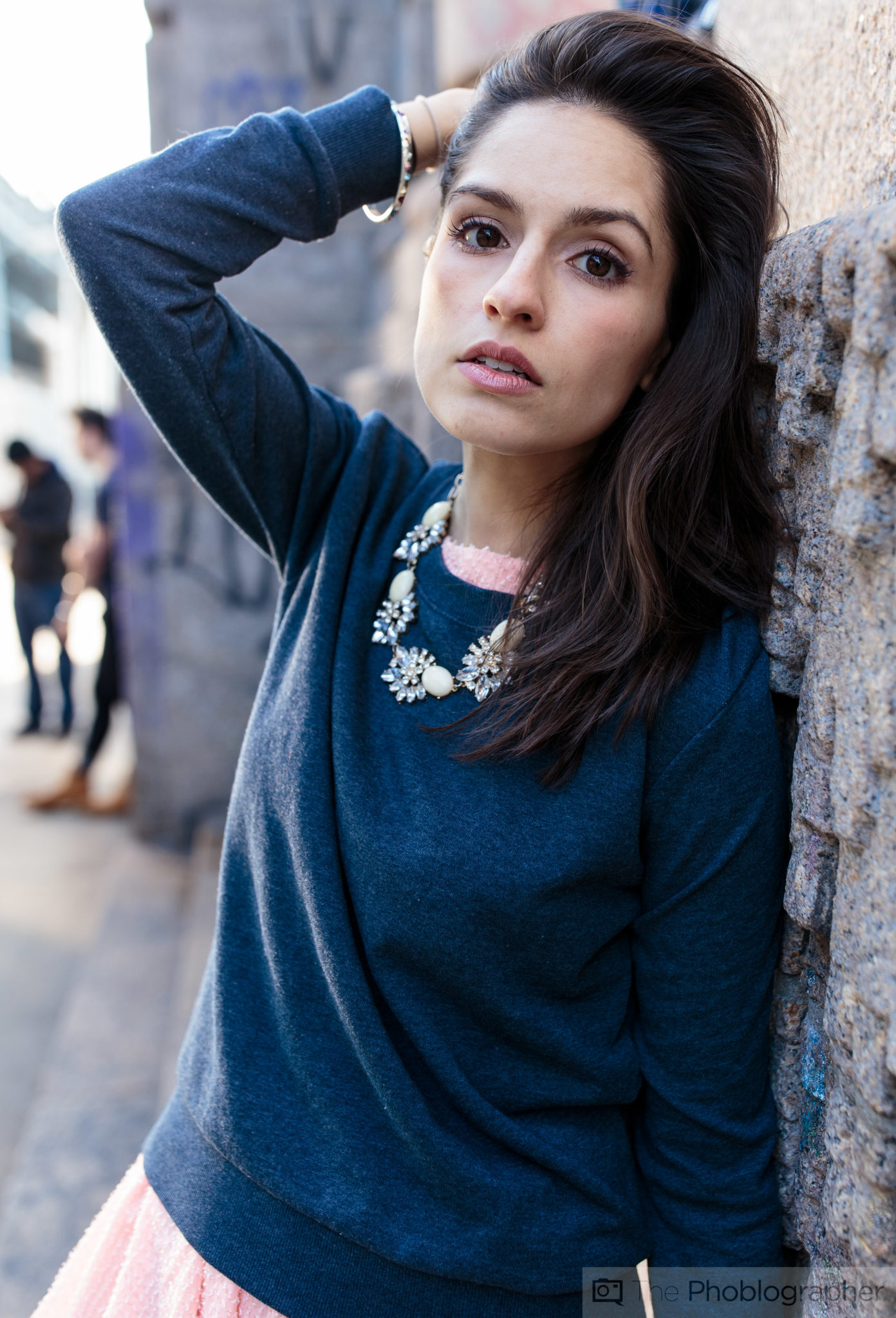
You can get good background blur even with a 50/1.8 on an APS-C DSLR You can get f2 at 200mm and f2.8 at 400mm and still stay under $7000 or so. You can make an 85mm f1.2 lens, but at 600mm, f4 is as fast as is practical. However there's a limit to how fast you can make a long lens (and still have it cost less than a car). So to maximize both of these factors you would choose a long, fast lens. However any distant objects (objects well outside the depth of field) are blurred in proportion to the physical aperture of the lens (which for normal and telephoto lenses corresponds pretty well to the size of the front element of the lens). Faster lenses have a smaller depth of field and so blur out local detail more. The blurring of the background is controlled by two factors.
#Cheap bokeh lens canon full#
Shot taken with a 300mm lens on a Full Frame DSLR (EOS 5D) at f2.8Īnother characteristic of portraits that's often considered desirable is a blurring of the background. Some of the "Sports Illustrated" swimsuit shots are often taken using long telephoto lenses. However portraits are sometimes shot with very long lenses though as they can give a lot of background blur and an interesting look.

Long telephotos are also very expensive and heavy.
#Cheap bokeh lens canon plus#
This makes communicating with the subject difficult (you have to shout!), plus in a studio setting you probably don't have enough room to back up far enough to use a 600mm lens anyway. The main reason why telephotos aren't used much for portrait work is that you have to be at a significant distance from your subject. What about long telephoto lenses? Well, they do tend to "flatten" the subject somewhat, but it's not really a very noticeable effect. In general, wideangle lenses should be avoided for closeups if you want a "normal" perspective. Good for an "interesting" look, but not flattering for conventional portraiture. There are few subjects that would appreciate this look! On the other hand at a distance to the nose of 6ft (72") and a distance to the ears of 78", the difference in magnification will be very small, and will be the same as you see with your eyes at that distance anyway, so the subject will look "normal".Īt 22mm (above), even on an APS-C DSLR, there's quite a bit of distortion of close subjects. Since magnification is a function of distance and the nose is 1/2 the distance from the lens that the ears are, the nose will look proportionately twice as big as the ears will. That means you're about 12" from your subject's ears. Let's say you're 6" from your subject's nose with the 10mm lens. The reason that we don't want to shoot with a 10mm lens from 6" rather than a 100mm lens from 6ft comes from considerations of distance. If we do the same calculation for an APS-C DSLR it results in a a focal length range from around 50mm to around 85mm.Ĭanon EF 85/1.8 wide open at f1.8. The "classic" range for portrait lenses on 35mm full frame camera is from around 80mm to 135mm. If we assume that a portrait will cover an area of around 16" x 24" (a reasonable value for a "head and shoulders" type shot) and we do the calculations for a full frame 35mm camera, we find that the focal length required is around 100mm. So we want a lens that gives us a reasonable "head and shoulders" type shot when we're about 6ft away from them in order to create a realistic looking portrait. We don't look at most people from a distance of 6". Why is this important? Because we normally look at people when they are a reasonable distance away from us, say 6ft. The grain or noise would be much more noticeable and it would look a lot less sharp, but the perspective view of the deer and the background would be identical. However, of you took the image taken with the 20mm lens, and enlarged it by 10x, it would show exactly the same perspective as the shot taken with the 200mm lens. So if you are 100ft from a deer and you take a picture with a 20mm lens and a 200mm lens, the deer will be 10x larger with the longer lens. The size of the subject is determined by the focal length. not with fisheye lenses), the perspective is determined only by your distance from the subject. If you compare normal rectilinear lenses (i.e. Now some people think that it's the focal length of the lens that governs perspective, but they'd be wrong. If it doesn't, it would be more of a "special effects" lens.


For "normal" portraits, does the lens render the image the way that you normally experience it - in other words does the portrait actually look like the person being portrayed? If it does then the lens might be considered a good portrait lens. However some lenses tend to give better results than others, which is the point of this article. Probably the first thing to be said about portrait lenses is that you can take a portrait with just about any lens ever made.


 0 kommentar(er)
0 kommentar(er)
